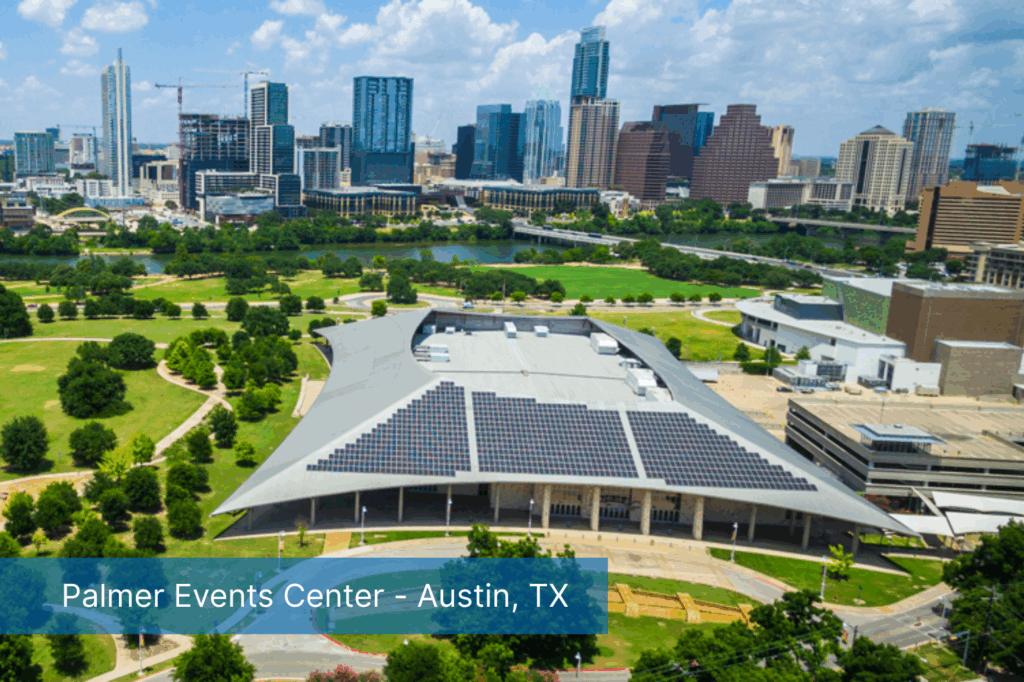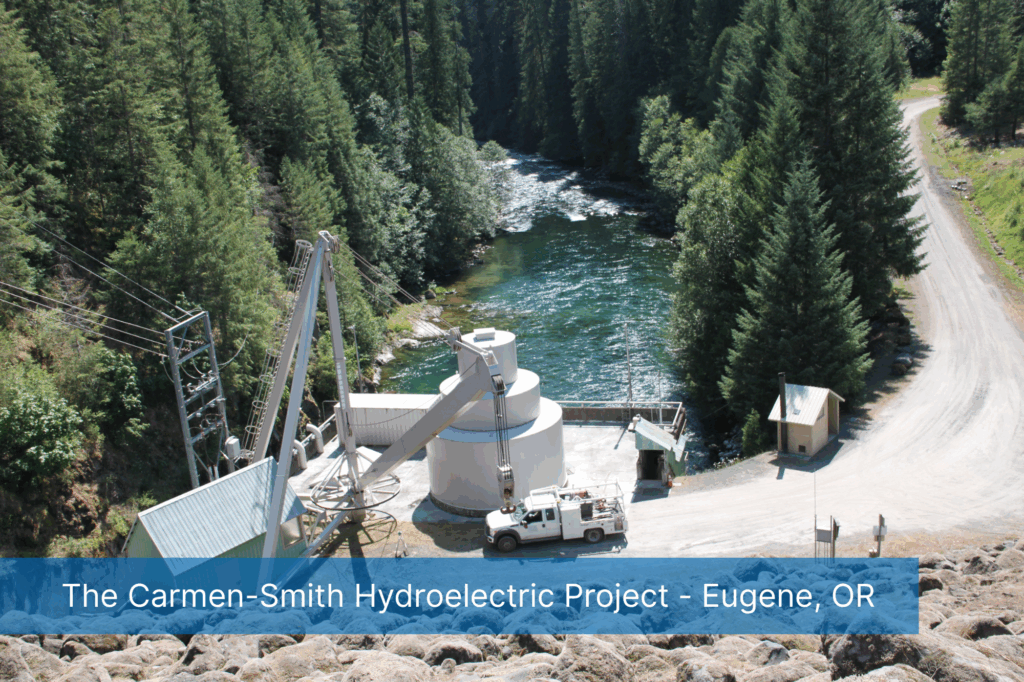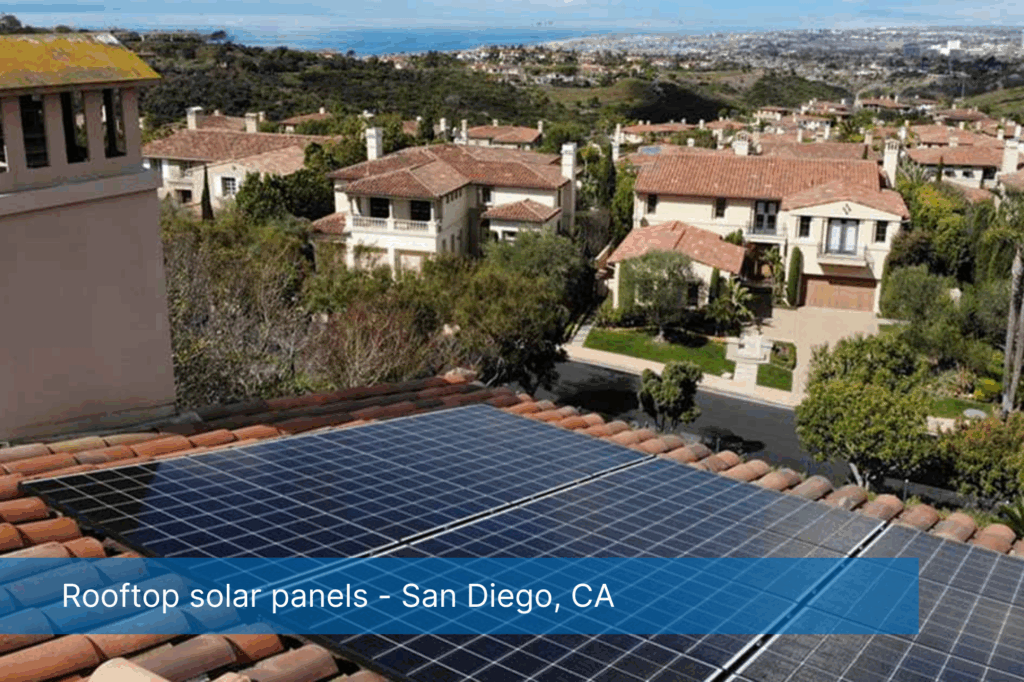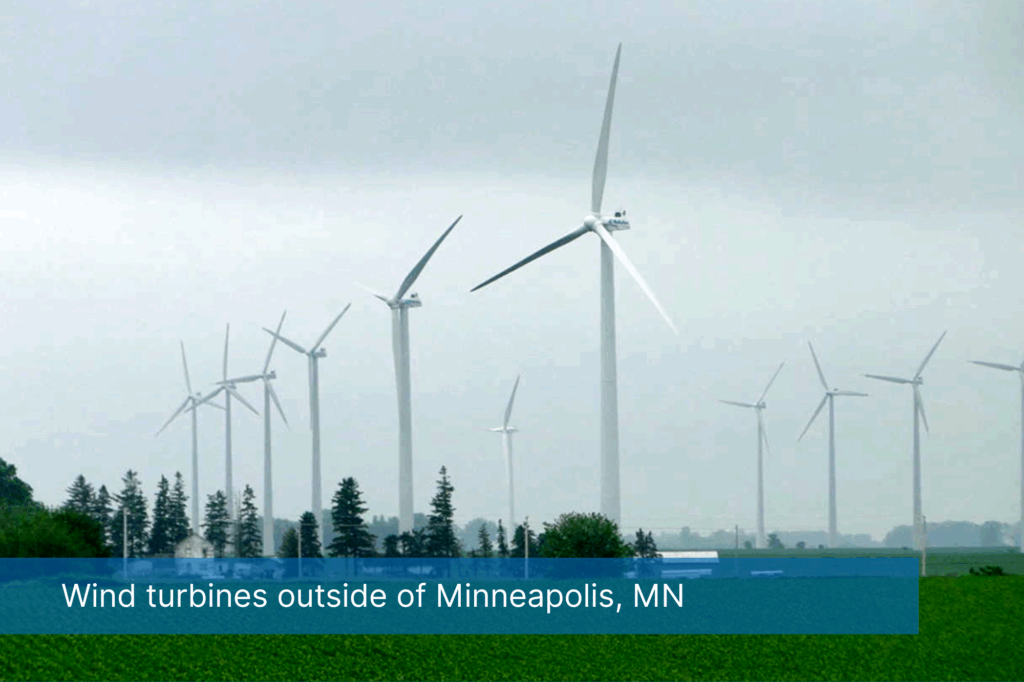By Benjamin Martinez Newman and Seth Satterlee
While global climate change treaties grab headlines, they often falter with each shift in national leadership. In the United States, where the federal government lurches between climate ambition and outright denial, the most consistent progress comes from the ground up. Cities and states hold the power to achieve what national politics fail to solve. The front lines of the clean energy transition have moved to city halls, zoning boards, and utility commissions.
At Public Works Partners, we bring on-the-ground experience to this moment. Our work coordinating complex, multi-sector clean energy initiatives gives us a front-row view of what it takes to drive local climate solutions. We’ve seen firsthand how city leadership, strategic collaboration, and investment in community infrastructure can deliver real environmental and public health benefits.
This isn’t just symbolic—it’s statistically significant. Cities account for more than 70% of global carbon emissions and more than 80% of U.S. energy consumption. Buildings alone are responsible for nearly 30% of the country’s greenhouse gas emissions. While only 20% of U.S. electricity currently comes from renewables, more than three dozen states have adopted renewable portfolio standards, and hundreds of municipalities have made net-zero pledges.
As power generation needs rise, renewable energy must be a part of the mix. Beyond its environmental benefits, large-scale renewable energy has become cheaper than fossil fuel energy generation. It can also offer long-term price stability and reduce exposure to fossil fuel volatility. As cities look to meet rising energy demands, clean energy investment can support job creation, grid resilience, and sustainable growth.
Cities are uniquely positioned. They control land use, building codes, permitting, procurement, and public communication. Many are tapping into federal dollars from the Inflation Reduction Act and innovating through public utility ownership. However, that progress is at risk. The Republican-backed “Big Beautiful Bill” is set to eliminate incentives for renewable energy projects, creating major uncertainty for cities relying on federal incentives. Cities will continue forging ahead regardless. The Climate Mayors coalition, with more than 450 members, is a prime example of this decentralized momentum: a network of mayors sharing policy models, amplifying local action, and pushing for stronger state and federal support.
At the same time, cities face real barriers. Renewable energy can’t be shipped like fossil fuels—it must be generated near where it’s used or connected to available transmission infrastructure. Planning and permitting authority is fragmented across local, state, and federal jurisdictions. Projects can get stuck for years between site assessments, utility interconnection delays, and community opposition. And while utilities and regional transmission operators hold many of the system’s levers, they aren’t always aligned with municipal goals.
The following five case studies demonstrate what is possible when local leadership, creative policy, and infrastructure investment come together. Each city brings a different approach, shaped by its politics, geography, and relationship with utilities. Taken together, they show a powerful truth: cities may not control all the tools, but they can still lead the way.
Austin, Texas

Austin’s leadership in renewable energy is striking because it is at odds with the state’s energy politics. Texas has no comprehensive renewable portfolio standard, and recent legislation moved to impose new hurdles for clean energy projects. Still, Austin carved out a progressive path, thanks in large part to its municipal utility, Austin Energy.
The city committed to an ambitious target in its “Resource, Generation and Climate Protection Plan to 2035”-100% of electricity from zero-carbon sources. Austin Energy secured long-term contracts with solar and wind providers, added demand response programs, and invested in battery storage. These investments are bolstered by Austin’s Climate Equity Plan, which sets a community-wide goal of net-zero emissions by 2040 while prioritizing frontline and underserved communities.
Austin’s ability to maneuver owes much to the ERCOT (Electric Reliability Council of Texas) market, which operates an independent power grid covering about 90% of the state. Originally established to preserve Texas’s control over its grid and avoid federal oversight, ERCOT’s independent structure has inadvertently enabled faster adoption of renewables. The open transmission access structure, although often critiqued for reliability concerns, especially during extreme weather events, made it easier for Austin to purchase renewable energy and secure long-term power purchase agreements without the regulatory red tape present in other states. The road ahead is uncertain as Austin must negotiate the right balance of renewable energy power generation and backup power. This will add costs to the planned transition, as well as open up further discussion of battery storage solutions. This local momentum inspired positive ripple effects. In 2024, Austin-based T1 Energy announced an $850 million solar manufacturing facility that is expected to produce 5 GW of solar panels annually and create 1,800 jobs.
Eugene, Oregon

Eugene sets the standard for what public power and local leadership can accomplish together. With more than 90% of its electricity already carbon-free, largely from hydropower, the city builds on that legacy with a forward-thinking climate agenda in collaboration with the customer-owned public utility, Eugene Water & Electric Board (EWEB).
The city’s 2020 Community Climate and Energy Action Plan outlines a 50% emissions reduction target by 2030 and carbon neutrality by 2050. Eugene also tested the limits of local regulatory power. In 2023, it became the first city in Oregon to ban fossil gas in new residential construction. The policy was overturned in 2024 after industry backlash, but the attempt itself demonstrates Eugene’s commitment to transition.
Eugene moves quickly and stays responsive because of its local control over utility operations. However, it reveals the limits of municipal authority. Permitting constraints and community opposition remain challenges, reinforcing the need for better coordination across state and regional agencies.
San Diego, California

San Diego utilizes the sun as both a lifestyle and a strategy. The city leads in rooftop solar, with over 10% of homes sporting installations. Its success lies in more than adoption rates; it’s also about policy design, equity focus, and utility reform.
San Diego’s 2022 Climate Action Plan sets a net-zero emissions goal by 2035, anchored by strategies that decarbonize the grid, electrify buildings, and expand transportation alternatives. At the heart of its energy transformation is San Diego Community Power (SDCP), a community choice aggregator that enables cities to buy renewable electricity on behalf of their residents and businesses while still receiving transmission and distribution services from their existing utility provider.
California’s policy structure is critical. The rooftop solar boom was launched by rebates and statewide net metering, which allows customers with solar panels to offset their electricity bill by sending excess energy back to the grid. The state’s Renewable Portfolio Standard goal of 100% clean electricity by 2045 fostered a strong market signal that cities like San Diego can build from.
Minneapolis, Minnesota

Minneapolis prioritized city-wide clean energy, which blended long-term planning with targeted local programs. Since 2013, its Climate Action Plan guides investments in energy efficiency, solar access, and transportation reform. The city established a goal of 100% renewable electricity for municipal operations by 2022 and for the broader community by 2030.
The city missed its first target, but it still progresses. The Green Cost Share Program offers matching grants for building upgrades, from solar panels to HVAC retrofits and energy-efficient lighting. Minneapolis also leans into Community Solar Gardens, which expand solar access for renters and low-income residents.
State-level support strengthened the city’s hand. In 2023, Minnesota passed a law mandating 100% carbon-free electricity by 2040. Xcel Energy, the utility serving Minneapolis, commits to the same goal by 2050. That alignment between state, city, and utility is powerful.
What Minneapolis illustrates is that cities don’t have to own utilities to lead. Through strategic funding, partnerships, and a focus on equity, they can move the market from the bottom up.
New York, New York

New York City is a long-time leader in climate action. Its renewable energy strategy focuses on decarbonization, energy justice, and enduring resilience. While the city itself obtains the majority of consumed power from external sources, it uses its regulatory powers and planning capacity to shape demand, influence supply, and set a national example for urban climate governance.
At the center of the city’s strategy is Local Law 97, an emissions law passed in 2019 requiring large buildings to meet increasingly strict carbon caps starting in 2024. These buildings are responsible for nearly 70% of NYC’s emissions. The city’s Climate Mobilization Act, which includes Local Laws 92, 94, and 95, further encourages renewable generation by requiring solar or green roofs on new buildings and renovations.
Beyond regulation, New York City commits to running all city operations with 100% clean electricity by 2040. Much of that transition will rely on large-scale renewable projects developed outside city limits—including the Champlain Hudson Power Express, a transmission line delivering hydropower from Quebec. The city also brokered major agreements to purchase offshore wind energy, supported by the state’s aggressive renewable energy mandates.
Coordination with state agencies has been key. The New York State Energy Research and Development Authority (NYSERDA) plays a central role in funding, workforce development, and policy innovation. The Green Jobs – Green New York program provides low-cost financing for energy efficiency and solar upgrades, and the Clean Energy Communities Program supports local governments in meeting energy goals. Meanwhile, the GreenNY Council ensures that state agency operations lead by example, with mandates for zero-emission vehicle fleets and 100% renewable electricity by 2030.
Still, the city is responsible for implementation. The NYC Accelerator technically assists building owners to help them comply with Local Law 97. Building Energy Grades (Local Law 33) require public disclosure of energy performance, adding market pressure for improvement. City residents can track progress in real time through the City’s climate dashboard.
New York’s scale and complexity are both challenges and opportunities. As a dense, aging city built around centralized infrastructure, New York’s innovations in policy, procurement, and retrofitting teach other legacy cities facing similar constraints. With the right tools and partnerships, even the most grid-dependent cities can lead the clean energy revolution.
Looking Ahead
Clean energy transitions require collaboration between cities, states, and utilities. Cities have tools, vision, and urgency. States set the guardrails and often provide the funding. Utilities hold the infrastructure and the levers. When politics don’t get in the way, the federal government can allocate capital toward the places that are ready to use it. There remains much room for improvement. Planning, permitting, and transmission must coordinate better. Local land use authorities need clearer guidance, better data, and more technical support.
At Public Works Partners, we transform these lessons into practice. The Bronx Is Breathing initiative is leveraging a NYSERDA Clean Transportation Prize to build an electric truck charging hub and deploy trucks in Hunts Point. We are coordinating a multi-stakeholder collaboration to promote clean energy solutions and air quality improvements between the city, state, automaker Volvo, and community-based organizations in one of the most underserved communities in New York.
Long-term planning and vision are essential for renewable energy adoption. Cities that set clear emission targets, adopted climate plans, and invested in local capacity are leading the way, but can only do so much. State-level policies and investment initiatives are critical to enable local action. The future of the renewable energy transition depends on cities. Let’s make sure they’re ready.






